Giżycko’s most interesting monument of exceptional historic value and tourist appeal is the Boyen Fortress.
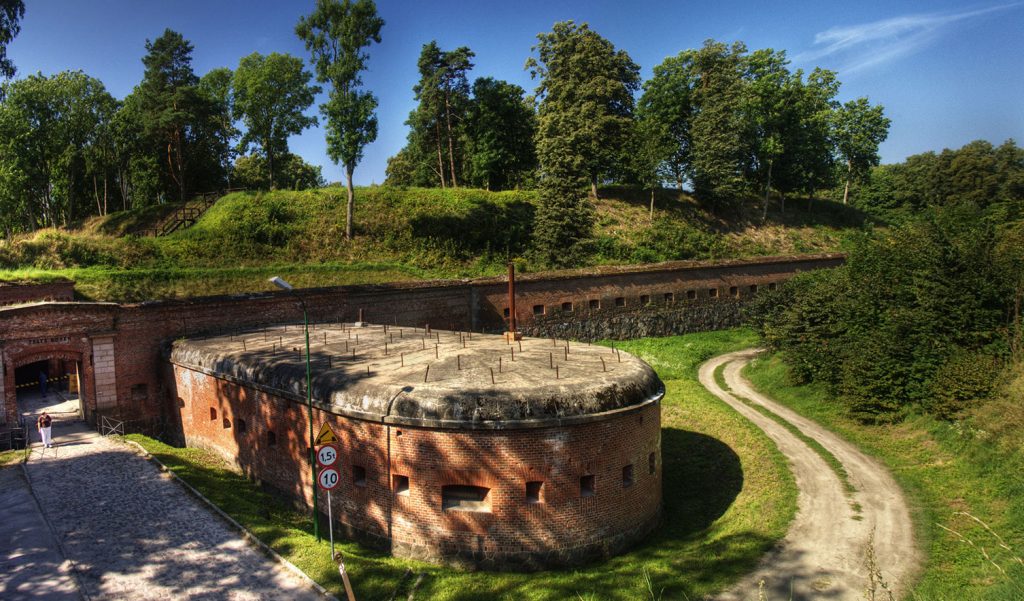

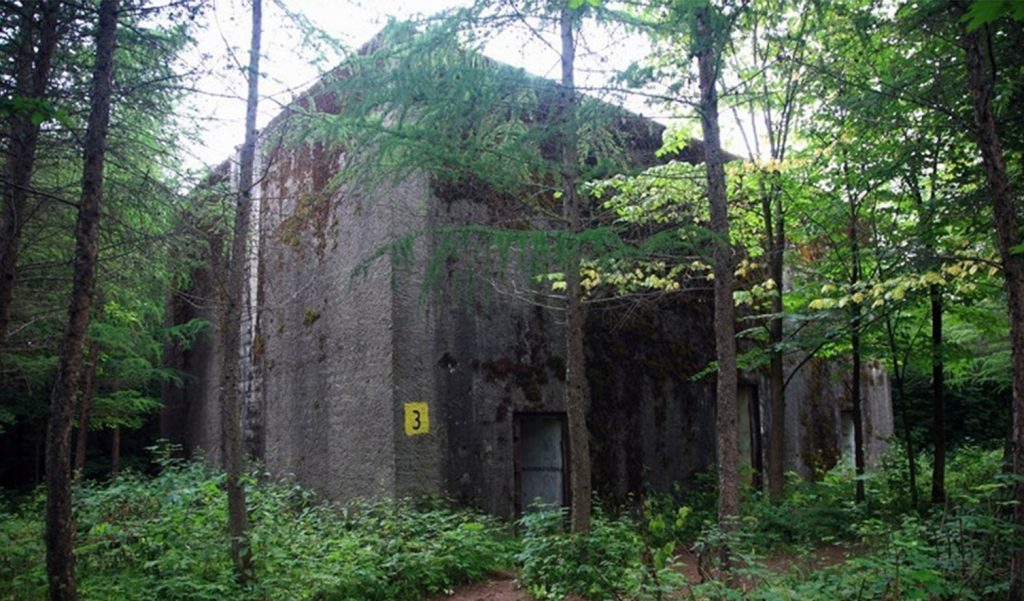
Besides Hitlers Bunkers, Wolf’s Lair, in Northeast Poland, there is the bunker complex, Mauerwald, close by. It was the Headquarters of the Supreme Command and German Staff of the Army (Oberkommando und Generalstabes des Heeres).

In the very heart of Mazurian forests we can find the ruins of Adolf Hilter’s war headquarters. It’s a hidden town in the woods consisting of 200 buildings.
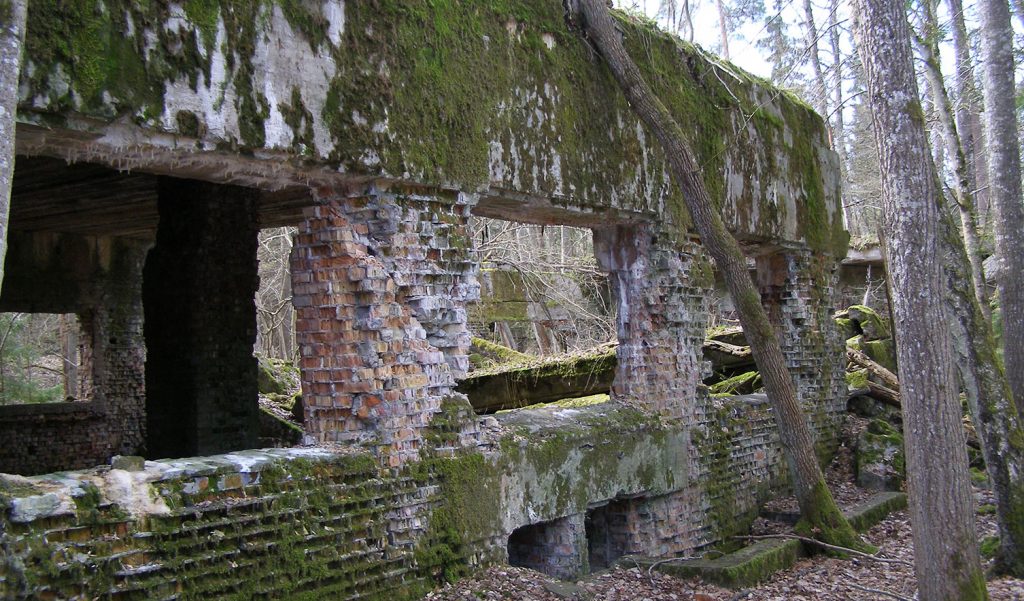

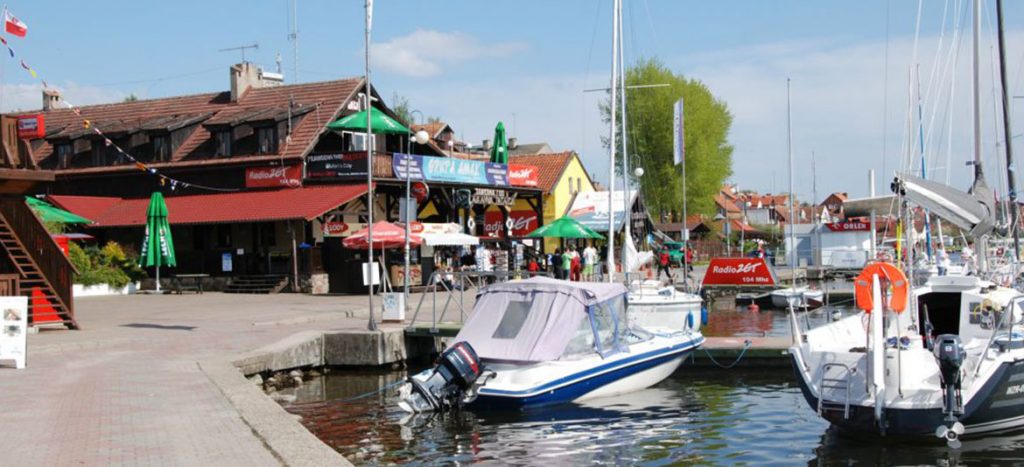

The city lies between the lakes of Czos and Juno. It is known from the annual “Country Picnic”.
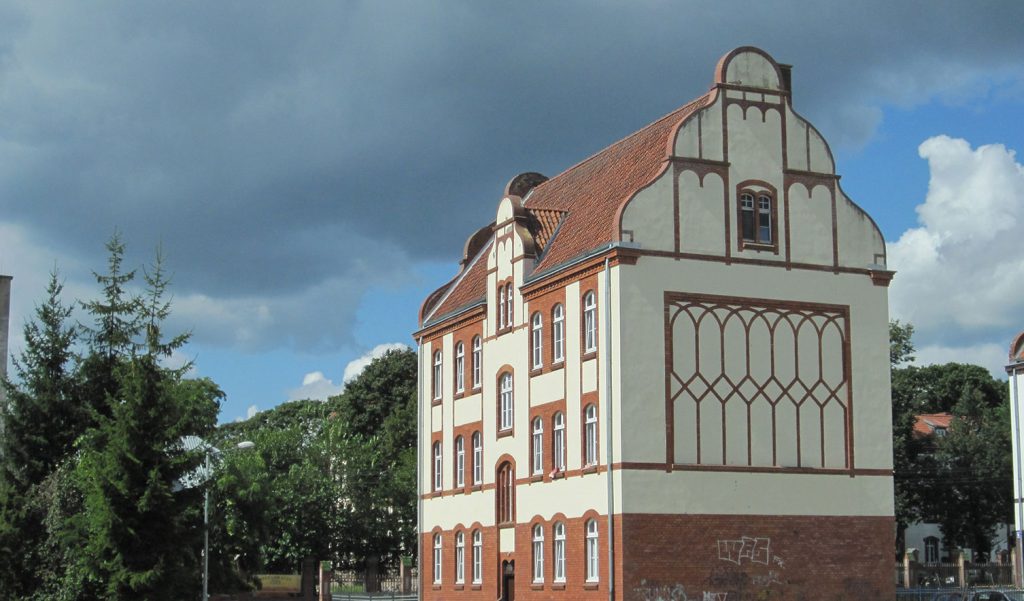

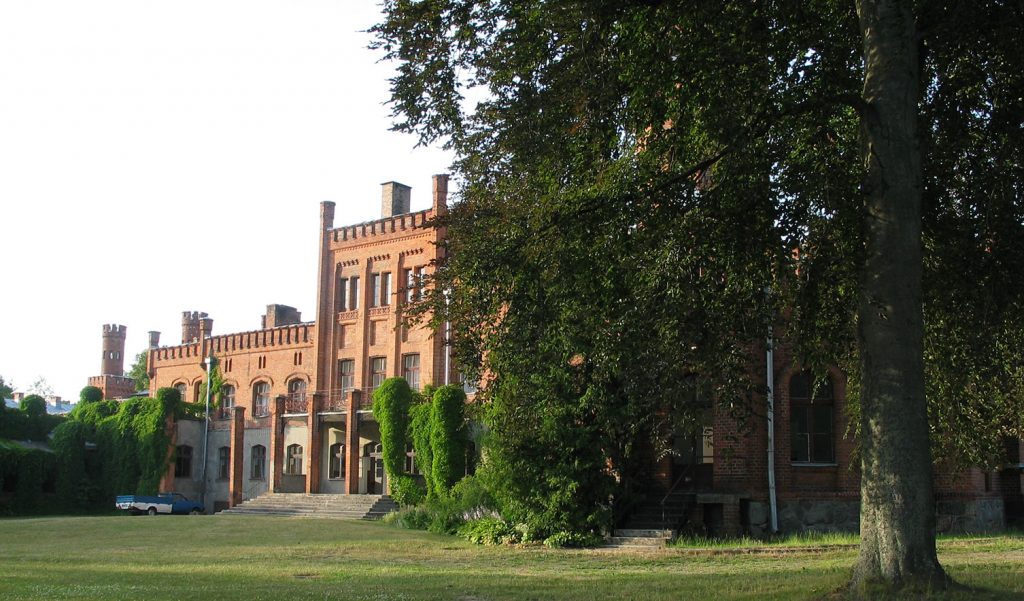
Sorkwity is an interesting Masurian village, picturesquely situated between Lake Gielądzkie and Lampackie, belonging to Mrągowski Lake District.

This famous Marian sanctuary Has been attracting pilgrims not only from Prussia and Warmia but also from far away regions of Poland Since the Middle Ages.
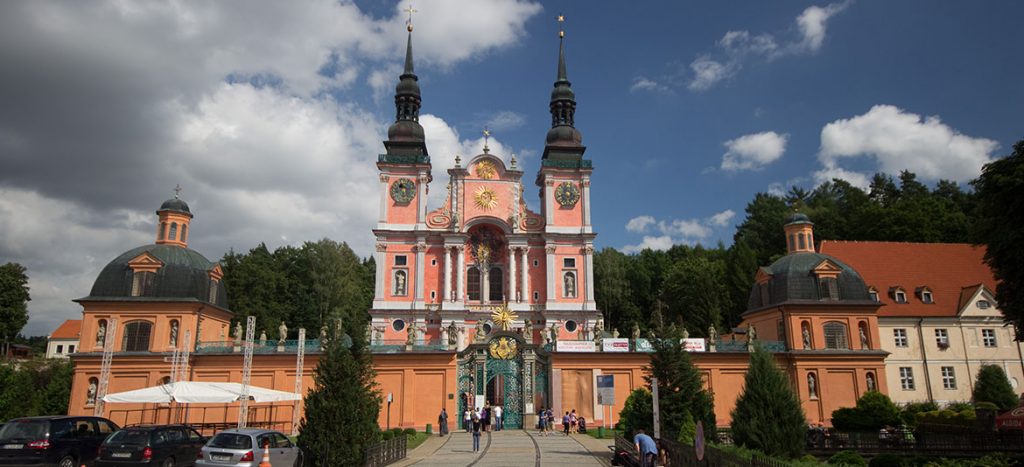

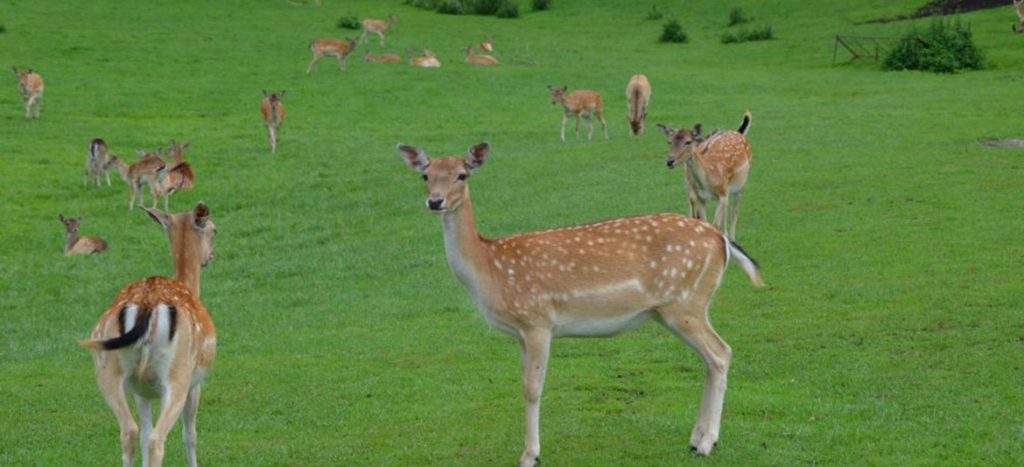
It is situated in Piska Forest in the area of Masurian Natural Landscape Park (Mazurski Park Krajobrazowy) between two towns Ruciane- Nida and Mikolajki.

Often poetically called „Viaducts of the North”, two majestic bridges, reminding of Roman Aqueducts, are situated on the edge of Romincka Forest.
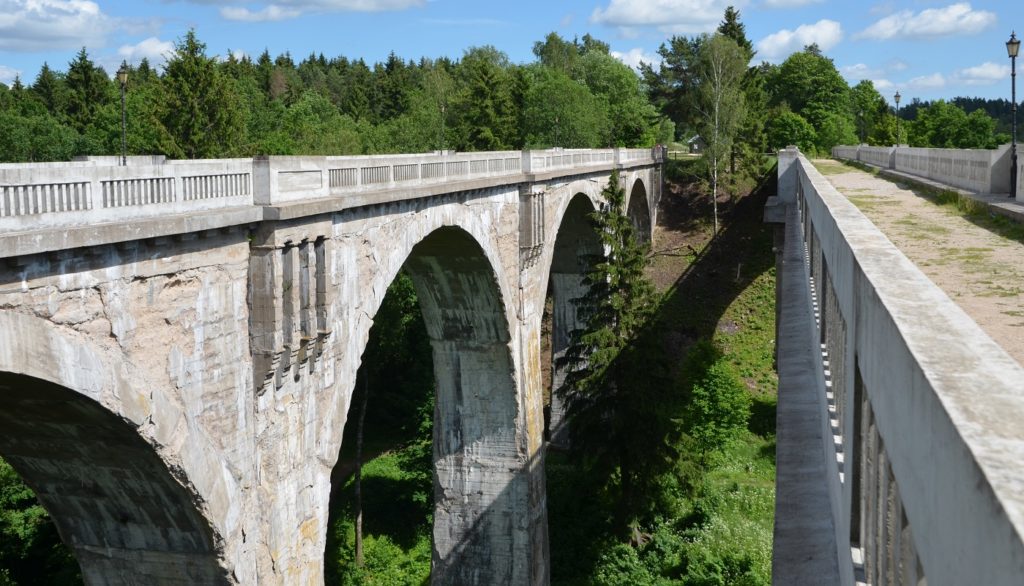

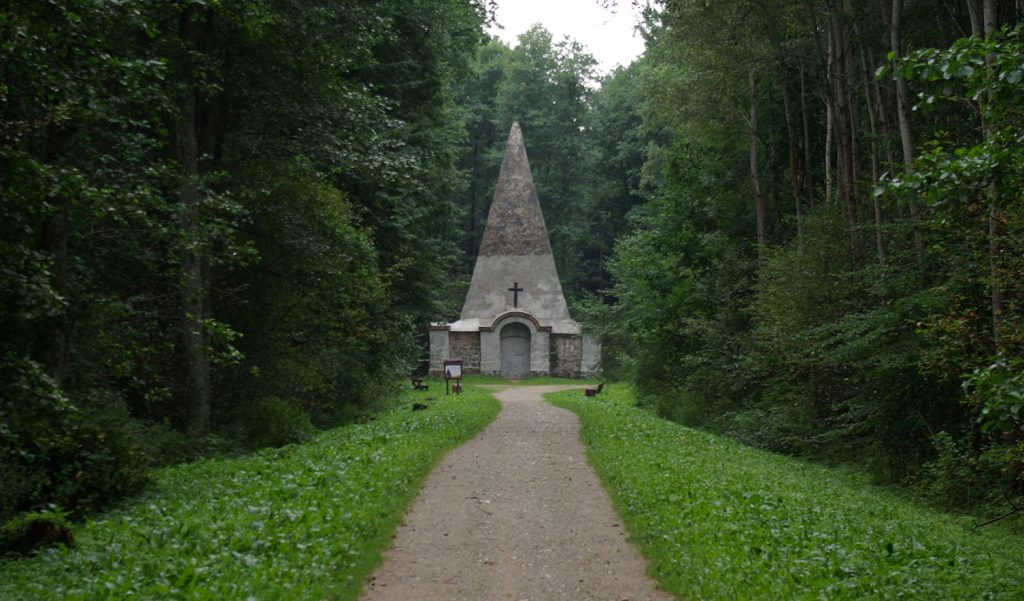
Based on the models of Egyptian giants, the pyramid in Rapa doesn’t have equally impressive size (its height is 16m) but it preserved all the proportions and properties of its Egyptian sisters.

It was built around 1880. It became famous for numerous visits of Konstanty Ildefons Galczyński (1905-1953) who for the first time visited the Forester’s Lodge in 1950 (Stanisław Popowski was a forester at that time).
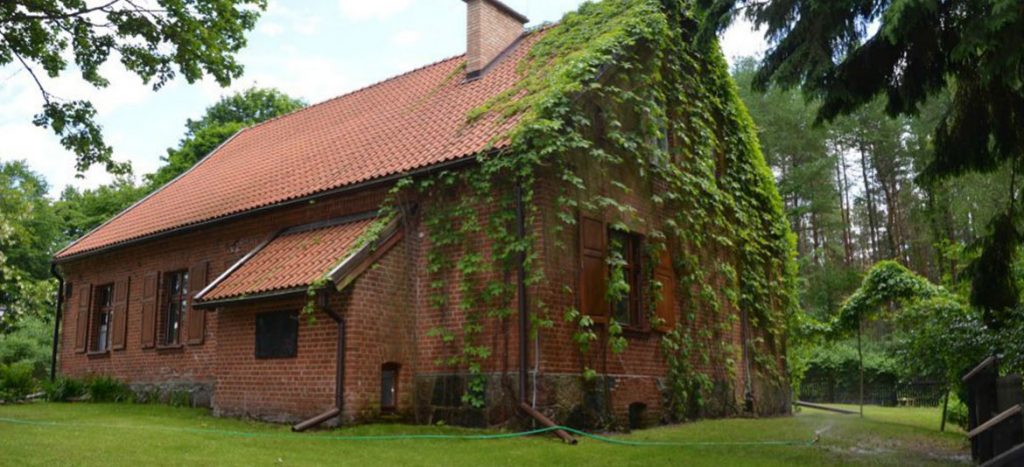

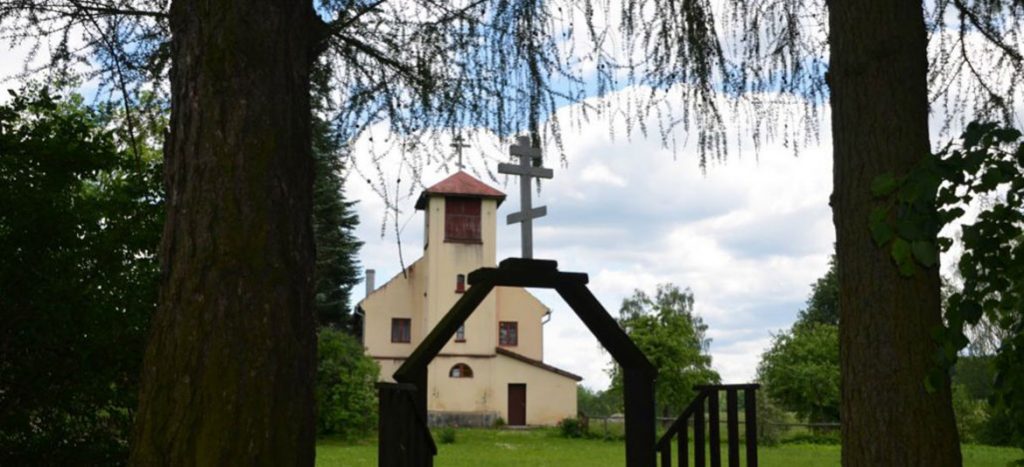
The Old Believers Monastery is situated in a small village near Ruciane- Nida in Wojnowo. It is the village inhabited by believers from the fourth creeds: catholics, evangelicals,Orthodox and old believers.

Western Mazuria owes its beauty to hundreds of years of glaciations. The glacier moving forwards and backwards formed numerous elevations, valleys and thousands of lakes.
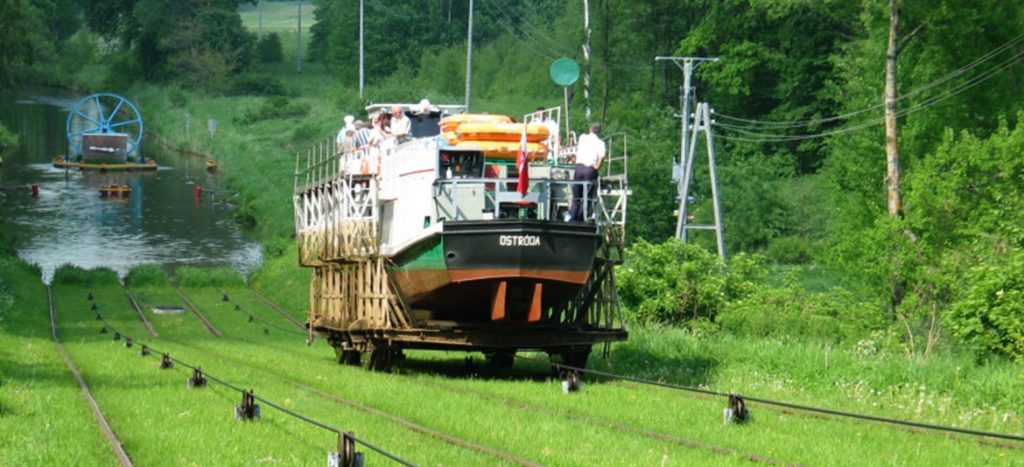

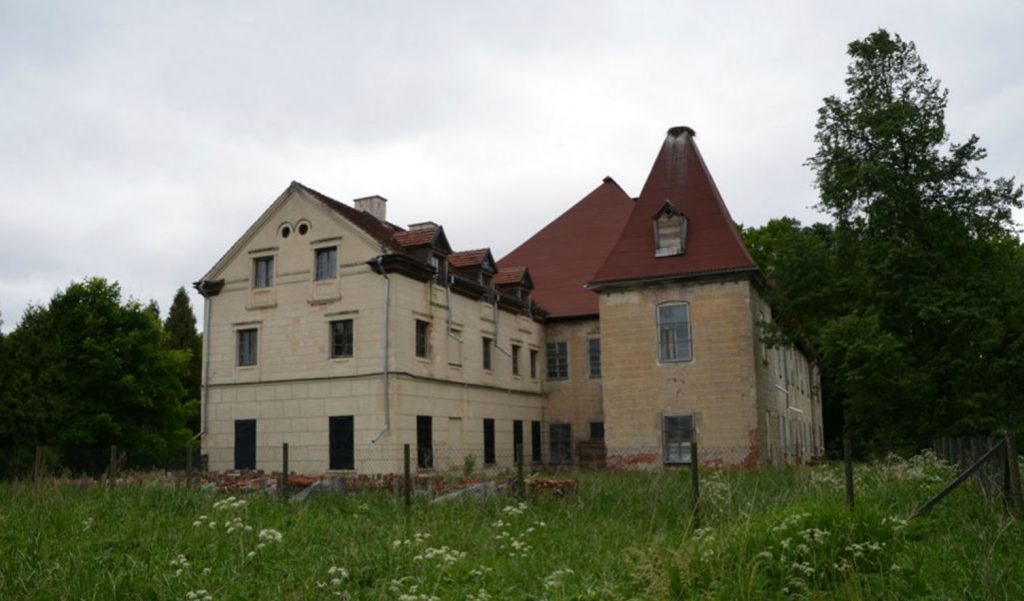
The Palace was the property of the Lehndorff family since 1420 (by other sources since 1565) until the expulsion of Germans from Poland after the border changes of 1945.

